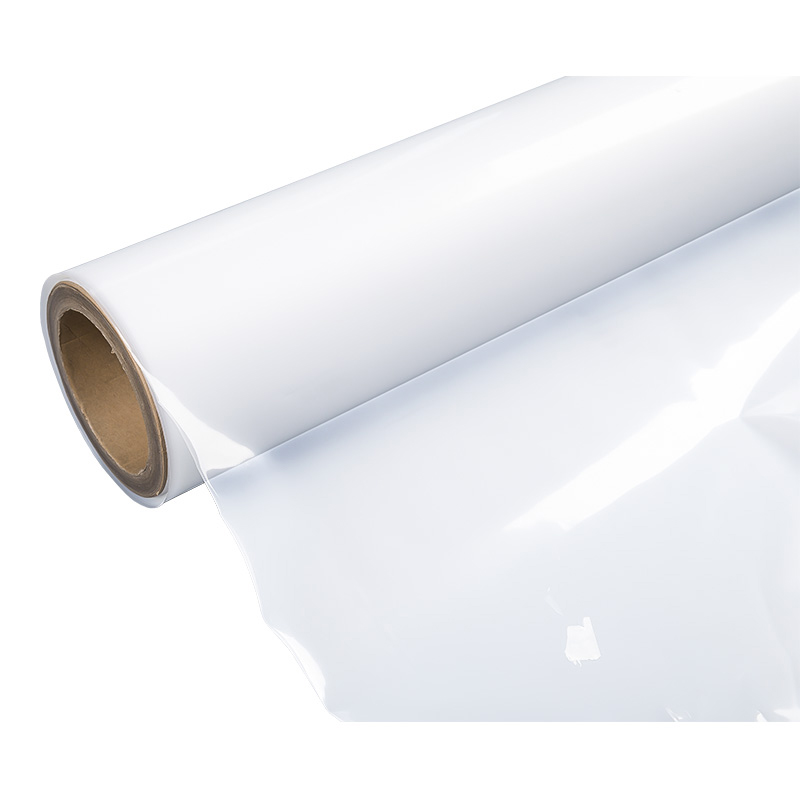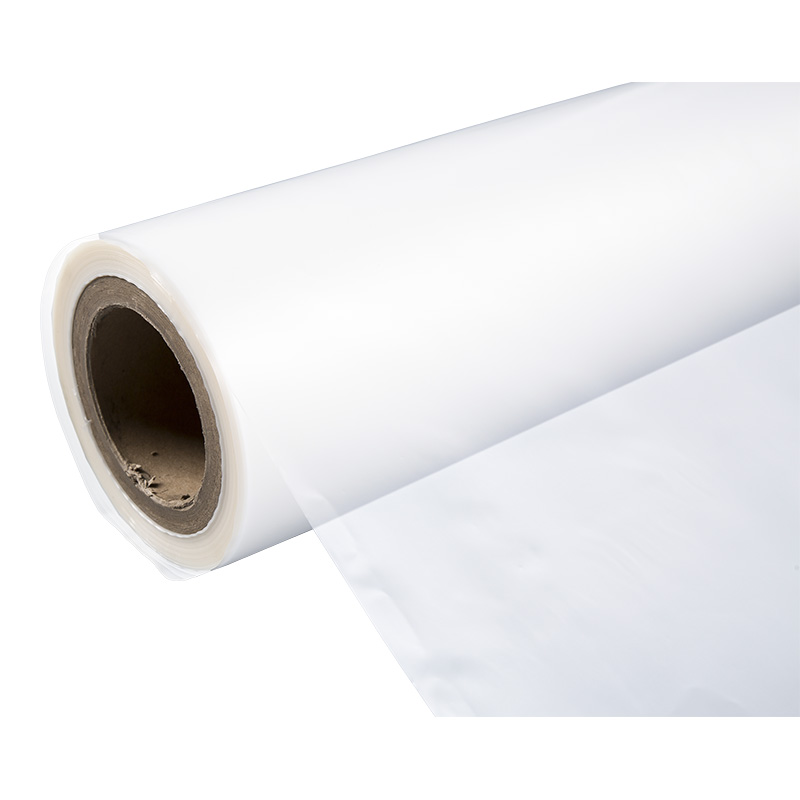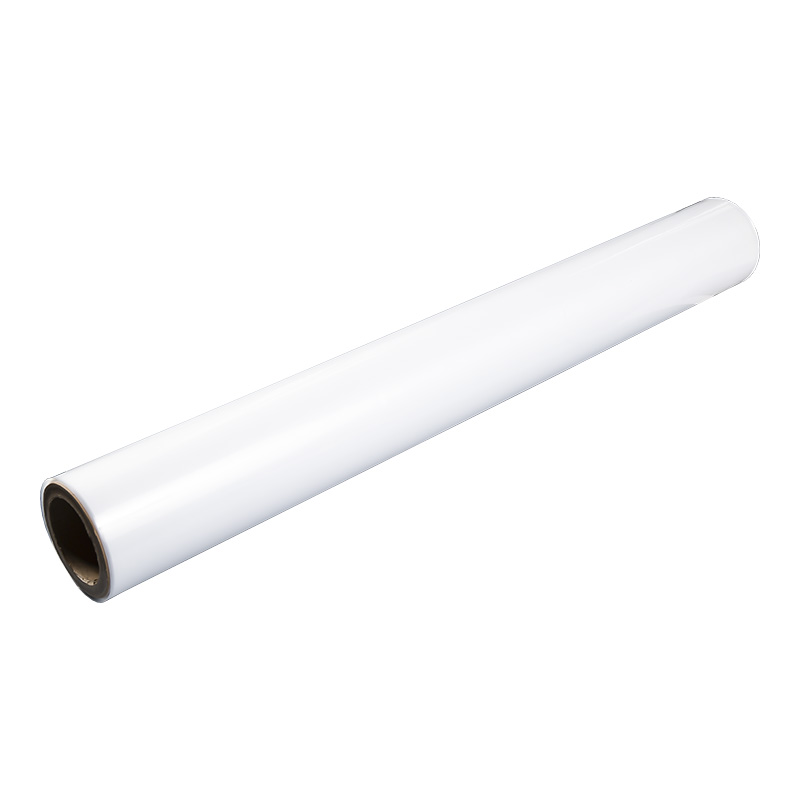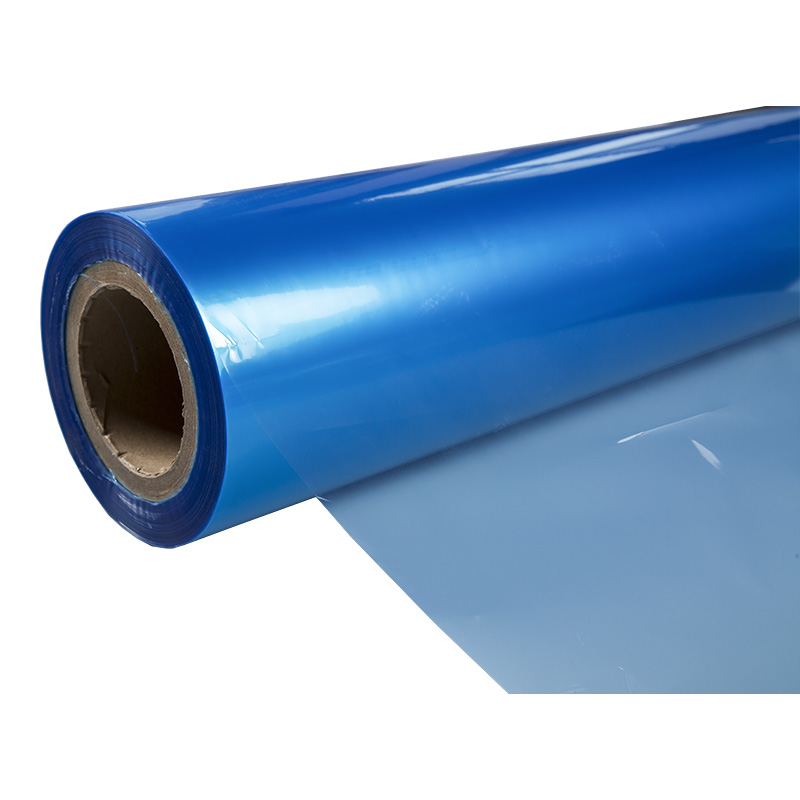I. Environmental Responsibility and Innovation in Packaging Materials
A. The Essential Shift to Sustainable Floral Packaging Solutions
The modern consumer, increasingly aware of environmental impact, is driving a significant transformation within the floral industry. Florists and flower distributors are recognizing that the presentation of nature's beauty must not come at the cost of the environment. This realization mandates a thorough re-evaluation of traditional materials, particularly the ubiquitous plastic film. The shift towards sustainable flower packaging film options for florists is not merely a trend, but a necessary evolution, focusing on materials that minimize the carbon footprint and contribute to the circular economy. This involves assessing the entire lifecycle of the film, from its raw material sourcing to its end-of-life disposal. Choosing responsible packaging communicates a commitment to ecological stewardship, resonating deeply with environmentally conscious clientele and enhancing the perceived value of the flowers themselves.
B. Exploring Biodegradable Cellophane Alternatives for Flower Wrapping
For decades, cellophane, or similar clear plastic films, have been the default choice for their transparency and protective qualities. However, the environmental burden of petroleum-based plastics has accelerated the search for superior replacements. The market is now flourishing with biodegradable cellophane alternatives for flower wrapping that offer comparable clarity and strength while naturally breaking down after use. These innovative films, often derived from plant starches or cellulose, provide the perfect balance between aesthetic display and ecological responsibility. Adopting these materials requires understanding their specific properties, such as decomposition rates under industrial or home composting conditions, to ensure claims of sustainability are accurate and verifiable. This move supports the global effort to reduce plastic waste and maintain the integrity of the natural products being sold.
II. Professional Considerations for Enhancing Flower Protection and Presentation
A. Understanding the Impact of Different Floral Bouquet Film Thicknesses
The physical integrity and visual appeal of a floral arrangement are critically dependent on the packaging film's characteristics. One crucial, yet often overlooked, factor is the film's gauge or thickness. Knowing how to choose the right thickness for floral bouquet film is essential for balancing protection with cost and flexibility. A film that is too thin may tear easily, offering insufficient structural support and protection against physical damage or rapid dehydration. Conversely, a film that is excessively thick may prove cumbersome, unnecessarily adding to material costs and potentially detracting from the delicate appearance of the blooms by making the packaging overly rigid. The optimal thickness is determined by the flower type, the size and weight of the bouquet, and the transportation conditions, ensuring that the flowers arrive at their destination pristine and undamaged.
B. The Critical Role of UV Protective Film in Prolonging Cut Flower Freshness
The longevity of cut flowers is paramount to customer satisfaction and repeat business. While factors like water quality and temperature are well-known, the role of packaging film in mitigating environmental stressors is becoming increasingly recognized. Specifically, the adoption of UV protective film benefits for prolonged cut flower freshness represents a significant advancement in post-harvest care. Exposure to ultraviolet (UV) radiation, even ambient light during display or transport, can accelerate the degradation of pigments and lead to premature wilting or discolouration. Films engineered with UV inhibitors act as a vital barrier, slowing down this natural deterioration process. By filtering out harmful light, the film helps to preserve the flowers' vibrant colours and structural integrity for a noticeably extended period, directly translating into a better, longer-lasting customer experience.
III. Strategic Sourcing and Cost Optimization for Professionals
A. Mastering the Cost-Effectiveness of Bulk Flower Packaging Film Procurement
For large-scale florists, event planners, and wholesalers, managing operational costs without compromising on quality is a constant challenge. The procurement of packaging film, a high-volume consumable, is a key area where strategic decisions can yield substantial savings. Seeking out cost-effective bulk flower packaging film suppliers guide is more than just looking for the lowest price; it involves establishing long-term partnerships that offer consistency in quality, reliable supply chains, and favourable pricing structures based on volume. Purchasing film in large rolls or cases dramatically reduces the per-unit cost and minimizes the frequency of ordering and associated shipping fees. Furthermore, securing a consistent supply prevents last-minute, higher-cost purchases and ensures that production is never stalled due to material shortages.
B. Identifying High-Quality and Economically Viable Suppliers
The market for packaging film is broad, making the selection of a suitable supplier a critical business process. An effective guide should prioritize vendors who specialize in floral-grade films, ensuring that the material is non-toxic and specifically formulated for contact with fresh produce. Quality should always be balanced against price; a slightly cheaper film that tears easily or lacks clarity will ultimately result in waste and a poor presentation. The ideal supplier offers transparent material specifications, adheres to strict quality control, and can provide samples for rigorous testing under real-world conditions. This meticulous approach to sourcing ensures that the professional maintains a high standard of presentation while optimizing their budget for packaging materials.
IV. Future Trends and Industry Outlook for Flower Packaging Film
- The future of flower packaging film is intrinsically linked to global trends in sustainability and technology. Expect to see continued innovation in plant-based polymers and the development of 'active packaging' that incorporates anti-microbial or moisture-regulating properties directly into the film.
- Furthermore, digital printing capabilities on film will allow for highly personalized, on-demand branding, moving away from generic wrapping to customized visual experiences.
- The industry will continue its trajectory towards materials that are not only beautiful and functional but also fundamentally aligned with principles of environmental preservation and resource efficiency. This commitment to innovation ensures that the packaging enhances, rather than detracts from, the exquisite natural product it is designed to protect and display.
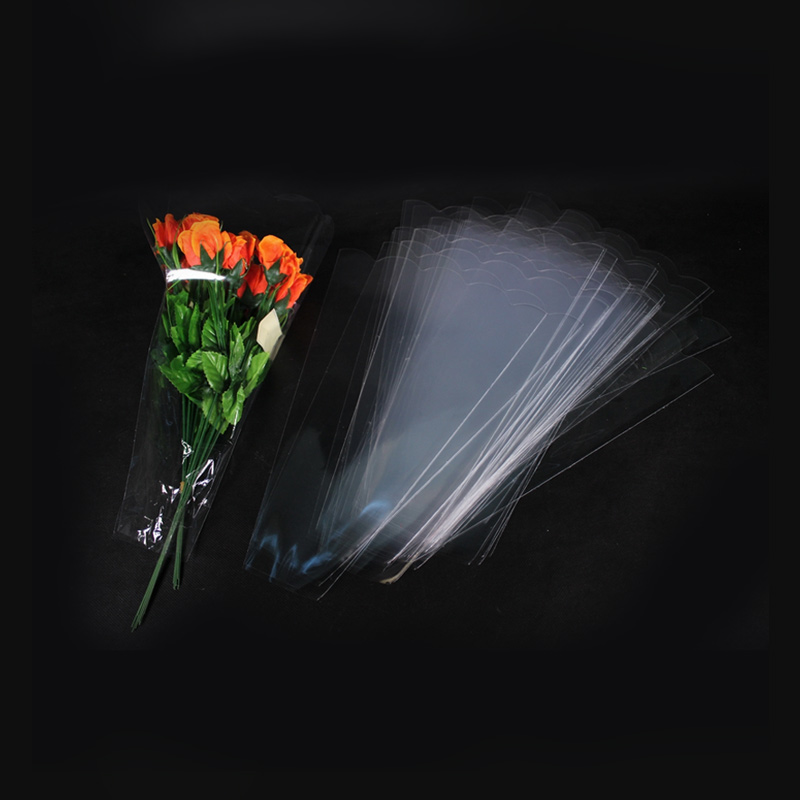
 +86 139-6715-0258
+86 139-6715-0258 
 Monday to Friday 8 am. to 6 pm.
Monday to Friday 8 am. to 6 pm. 
 English
English 中文简体
中文简体
